The death, rebirth and survival of home consoles. Part 2.

Video games are only a child in the entertainment business, compared to film they’re only here a few years, yet they’ve seen as much if not more change. Ever since scientists first decided to use their supercomputers for a bit of sneaky fun instead of curing diseases or saving the world, they’ve be overhauling the machinery that powers our past time of choice faster and more frequently than almost any other technology. In this piece I’ll be looking at the choices that allowed the gaming industry to come back from the dead and become more successful than ever.
The gaming industry is infamous for not learning its lesson and taking the wrong message away from cut and dry situations. Why was Call of Duty 4 popular? Because it stood out among the standard WW2 shooters of the day? ‘Yes!’, cries Mr. Video Game Publisher, ‘let’s all make a million of the same brown military FPS’s and expect them all to sell just as well as COD’.
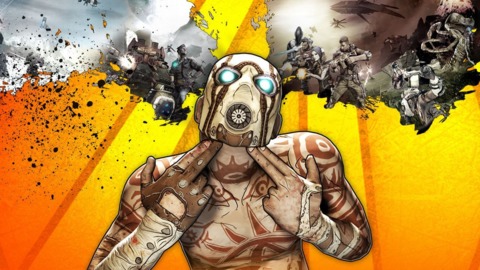
Why do people enjoy multiplayer games like Borderlands and Halo? Everything is better with friends! But only when its engaging and fun, when it is part of core gameplay and an already solid experience and not just a tacked-on, last minute, unbalanced extra. Publishers: ‘Ok, cool! Hey developers making single-player games, we know your game is meant to be out in less than a year but divide your already crunching staff to add on an multiplayer of any kind just, so we can say it’s there on the back of the box. Cool, thanks, bye.’
People love Overwatch. Because of a multitude of complex and interconnected reasons like the characters complex in both gameplay and story, the team focused design and - ‘Heroshooters! Esports! Lootboxes!’, yells the publisher falling over itself to be the first to poorly imitate the competition.
However, the industry and more specifically Nintendo learned two very important lessons from the first few years of the 1980s. Gaming had gotten too expensive for its own good and there were too many games for sale.
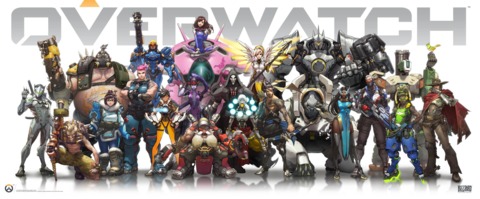
During the home console crash of 1983 Nintendo released the Nintendo Entertainment System to the Japanese market and had seen great success, for a first-time console manufacturer. Atari never penetrated the Japanese zeitgeist like it had in America meaning the Japanese industry wasn’t nearly as badly affected by the crash of ‘83. However, Hiroshi Yamauchi’s company knew it would need a vastly different approach to break through to the disaffected American market with its new machine.
Nintendo formed a three-pronged plan. One: Make the console cheaper, two: make the games people would be buying better and three: don’t sell a console but a family toy instead.
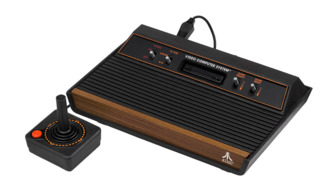
One:
Video games have never been a cheap hobby, but the early consoles were more than costly, they were prohibitively expensive. When released the cheapest Atari 2600 would run you $199, not too bad considering a base PS4 will run you about $350. But that was 1977, meaning in today’s money it would cost you an eye watering $820 give or take. At that price the market for gaming was only ever going to get so big. People just didn’t have that much cash to spend on a novelty - this is why arcades took off to begin with, a quarter to try out what cost two months’ rent to try at home? Deal. Nintendo knew that if they were to attract a wider market they’d have to launch at a price that wouldn’t make even the most doting parent balk. And so, the NES launched in the US in 1985 at $89.99 for the base console, $10 more for Super Mario Bros. packed-in (guess which version was more popular) and a deluxe version for $149.99, containing two controllers, an NES Zapper (a light gun for a few games like) Duck Hunt and SMB. In today’s money that means that the NES ranged in price from around $210 to $350, a much more reasonable range for a Christmas present.
With the price cut down, significantly lowering the barrier for entry to this new hobby, Nintendo’s next focus was to prevent their console being overrun by shovel-ware.
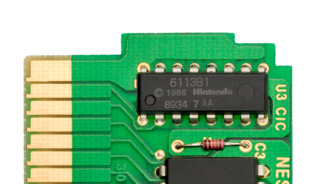
Two:
Nintendo wouldn’t allow anyone with (or without) half a mind for coding to mar their system’s reputation, anymore. Thus, the NES Lockout Chip was born(1). Basically a chip which allowed a Game Pak(not video game cartridgethose words were still tainted for retailers) to communicate with the Control Deck (they didn’t even want to say the word console). If your game didn’t have it, your game couldn’t run on an NES and there was only one way to get it; by getting the Nintendo ‘seal of quality’(2). Third parties were limited to three releases a year on the NES (yes, it eventually led to much publishing skulduggery) and all products licenced by Nintendo would carry a sticker which meant Nintendo ‘has approved and guaranteed the quality of this product’. In part this was to alleviate consumer anxiety. Not two years ago, the public had quick and dirty excuses-for-games thrown at them from every angle, at full retail price and with no curation. There weren’t established gaming magazines handing out recommendations and the console manufacturers were happy if you were buying anything they saw a cut of, leaving you with little protection from snake-oil ‘developers’ and ‘publishers’.
Three:
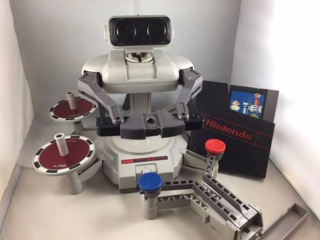
The final step in Nintendo’s plan was to pull the wool over everyone’s eyes. They refused to call their console a console, it was now a Control Deck, they were no longer selling video game cartridges but Game Paks and above all else Nintendo wanted you to know something. You. Were. Buying. A. Toy. To ensure this idea penetrated not just parents minds but retailers too Nintendo went as far as making the Robot Operating Buddy(3) for the NES’s US launch. R.O.B. was a peripheral only ever used for two games on the system but was designed purely for marketing reasons: to catch people’s eyes and make the NES look more like a toy than a piece of tech. This wasn’t the next evolution in consumer electronics like the last generation had been sold as but a fun distraction for all the family. This allowed Nintendo to leverage much more reasonable expectations for the NES; parents weren’t investing in something that would revolutionise their lives but a pastime for their kids to enjoy. Not every game would need to be an innovative masterwork when it was doing its job of keeping everyone quiet for the evening. This meant that from the start Nintendo was getting much less ill will because people didn’t inevitably feel burned by their investment.
This image makeover worked. Kids wanted NES’s for all the reasons a child would want a rad video game console. While retailers were willing to invest once again and parents were much more likely to part with their money even if they felt recently burned buying games because ‘Hey, it’s a toy not a console and everything is guaranteed to work’. By 1991 30m NES’s were sold in the US alone and over 60m worldwide by the end of 2004. Video games had adapted and found their image. An image which would not just stick with them (and often plague them) to this day.
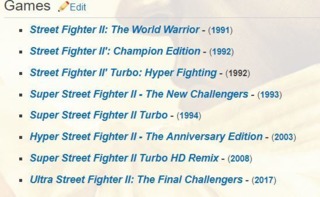
But this was to be the kiss of death to the ever-slowing arcade industry. With kids being assured a great gaming experience at home (most of the time), several blocks away in a stuffy, claustrophobic, price gouging ‘hive of scum and villainy’, the same games had to be queued for. Reasons to go to the arcade grew fewer and fewer, and niche-r and niche-r, until only the ‘purists’ were left; those that felt fighting games had to be played on original boards and the pinball wizards.
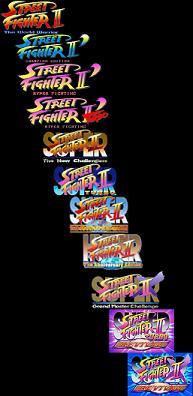
Sadly, this wasn’t enough to sustain a market that had seen such excessive growth in its early years and it was forced to shrink, fast. Arcades began to fail and closed across the USA, there was never a need for several in every town, and now even one per town struggled to justify its existence. Obliviously arcades were still plenty prominent during the 90s, thanks to the fighting games boom but they never again managed to consistently drag the same number of people out of their homes or pull the same profits (people were only willing to spend so much getting their ass handed to them at Street Fighter II or Mortal Kombat). Despite their best efforts arcades never truly adapted and for this reason they lie in the spot today they’ve languished in for years. A limbo, on life support from only the most die-hard of fanatics. While home consoles have gone on to become one of the most profitable entertainment businesses in history, because now they’re toys and that’s ok.
Log in to comment